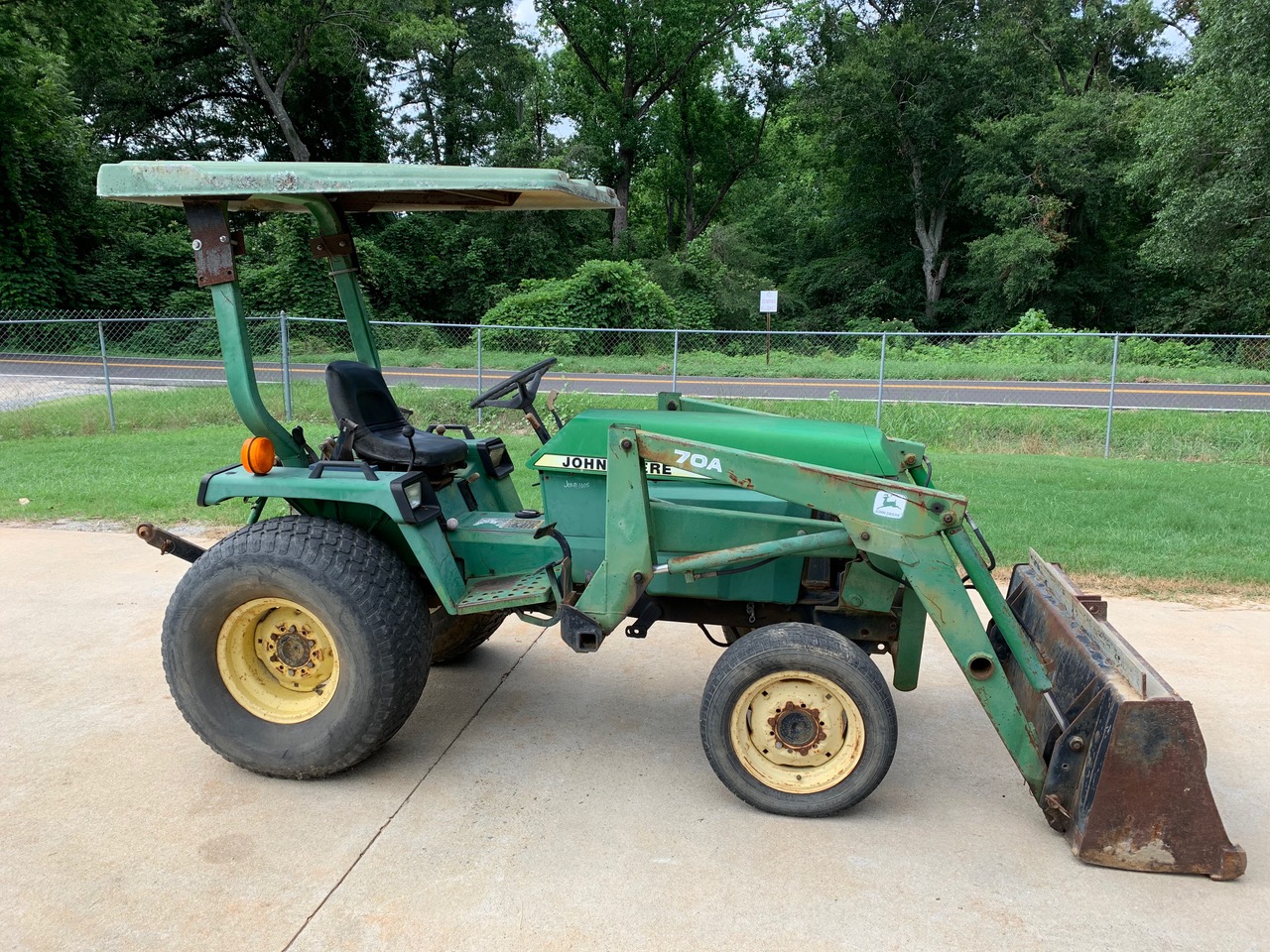When it comes to erosion control, design is often not the highest concern. For that reason, we rarely use trees and shrubs for erosion control, especially on commercial and industrial sites. Instead, we usually consider the best plants for erosion control to be grasses and other low-growing plants that are cost-effective to install, quick to establish and readily colonize an area.
However, we do sometimes run into situations where aesthetics take priority. Certainly on a residential site there’s no reason your sloped areas shouldn’t be as beautifully landscaped as the rest of the property. Many municipal and commercial sites can likewise benefit from a designer’s eye.
In these cases trees and shrubs can be an excellent addition to erosion control plantings. On highly viewed slopes near apartment buildings, retail centers, malls, outlet centers, resorts, and similar developments, trees and shrubs add interest to what otherwise might be a boring and uninspiring slope covered in lovegrass or juniper.
Using trees for erosion control can be beneficial in other ways, too. A mixed planting of trees, shrubs, and understory plants avoids a monoculture and brings greater resilience from pests and disease. Trees can help with noise abatement, reduce the heat island effect in urban areas, and bring a sense of calm to drivers and pedestrians. On highway corridors and interstate exits, strategically planted trees and shrubs are visually appealing and can help to reduce glare from oncoming headlights.
With that in mind, we’d like to highlight some of the trees and shrubs we’ve found best suited for erosion control in the Southeast.
1. Loblolly Pine (Pinus taeda)
One of our favorite erosion control trees is the loblolly pine. This Southern staple can be expected to reach up to 115 feet tall, so it’s appropriate for areas where tall trees are desired. Loblolly pines grow quickly and will thrive in most conditions throughout Georgia and the Southeast.
Loblolly pines can be grown by seed or in pots, and planted from seedling size up to 8-10 ft. tall. One advantage these trees offer is that a loblolly planting is self-sustaining: seeds from dropped pine cones will germinate and spread. These trees are beneficial to wildlife, too, providing food and shelter for small mammals and many species of birds.
2. Bald cypress (Taxodium distichum)
Most people think of the cypress as only a wetland or lowland tree, but it actually does quite well in poor soil of any environment because of its low oxygen requirement. This includes compacted clay slopes, which is what makes it one of the very best trees for erosion control in Georgia. In addition to its soil-holding roots, its dropped needles are a wonderful natural mulch ground cover that can help with erosion.
Newly planted bald cypress trees need plenty of water for the first few years, but once established they are actually quite drought tolerant and can tolerate a wide range of conditions.
3. Staghorn sumac (Rhus typhina)

Not to be confused with the unrelated poison sumac, the staghorn sumac is a spreading shrub that colonizes readily and turns gorgeous, vibrant shades of crimson and scarlet in the fall. In the winter, its clusters of scarlet fruit and fuzzy branches create an interesting effect. Sumac is a fantastic slope cover and looks very nice in concert with other shrubs and grasses.
5. Tulip poplar (Liriodendron tulipifera)
The tulip poplar is another fast growing tree that does very well on slopes. It reaches a mature height of 100 feet or more, with a nice, conical shape and unique tulip-shaped flowers. In the landscape it is especially valued for its beautiful golden fall color.
4. American Sweetgum (Liquidambar styraciflua)
Normally we hate sweetgum trees in the landscape because of their prickly, stickleball fruit which can turn your backyard into a minefield for bare feet. However, they are hard to beat if you are looking for a nice deciduous tree that can provide erosion control on slopes.
Sweetgum is an early succession tree, and as such is a fast grower. It thrives in poor soils and roots aggressively with a fibrous root system perfect for holding soil in place. Its beautiful purple fall color looks striking against a backdrop of tulip poplar.
5. Eastern Redbud (Cercis canadensis)

If you are looking for a flowering erosion control tree that tolerates full sun to shade, look no farther than the redbud. This small tree grows 20-30 feet tall, does well on slopes, and can be planted in colonies. Widely loved for its beautiful pink display of color in spring, the redbud also offers a splash of fall color ranging from clear gold to oranges and reds.
6. Flowering Dogwood (Cornus florida)
If you have a shaded slope, such as under a stand of pines, consider the flowering dogwood. Dogwoods are often found growing on slopes in the wild. They are wonderful for this purpose in the landscape but must have at least partial shade in order to thrive.
7. Azalea (Rhododendron spp.)

The dogwood’s great companion shrub is the azaelea, also an understory plant that needs shade from larger trees. These plants grow up to 8 feet tall and are well loved for their showy flowers in colors ranging from white to yellow to pink to red. They are easy to care for and are especially attractive when planted en masse.
8. Black Willow (Salix nigra)
Finally, while not particularly decorative, no listing of the best erosion control trees for Georgia would be complete without a nod to the black willow. This medium sized deciduous tree is very fast growing, a rapid colonizer, and very good on slopes. If you have a slope where you want shrubs and trees but are not hugely concerned with aesthetics, the black willow is definitely worth your consideration.
Finding The Right Trees and Shrubs To Control Erosion On Your Southeast U.S. Property
All these trees and shrubs happen to be native to the southeastern U.S. and would all make great choices for naturalized areas and sustainability plantings on sloped areas. However, this is by no means an exhaustive list of trees and shrubs suitable for erosion control. There are literally dozens more native and non-native species that can work well. If you would like to know more about specific species that would best suit your needs, call us at 478-750-7733 (Macon branch) or 478-272-3878 (East Dublin location), or reach out to us online.
1 Oct 2024



